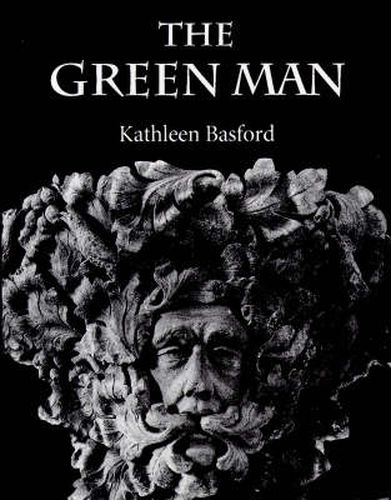Readings Newsletter
Become a Readings Member to make your shopping experience even easier.
Sign in or sign up for free!
You’re not far away from qualifying for FREE standard shipping within Australia
You’ve qualified for FREE standard shipping within Australia
The cart is loading…






The rarest, most recondite and fascinating art book, which is a folklore and magic book as well. THE TIMES The Green Man, the image of the foliate head or the head of a man sprouting leaves, is probably the most common of all motifs in medieval sculpture. Nevertheless, the significance of the image lay largely unregarded until Kathleen Basford published this book - the first monograph of the Green Man in any language -and thereby earned the lasting gratitude of scholars in many fields, from art history and folklore to current environmental studies. This book has opened up new avenues of research, not only into medieval man’s understanding of nature, and into conceptions of death, rebirth and resurrection in the middle ages, but also into our concern today with ecology and our relationship with the green world. It is therefore a work of living scholarship and its publication in paperback will be greatly and justly welcomed.
$9.00 standard shipping within Australia
FREE standard shipping within Australia for orders over $100.00
Express & International shipping calculated at checkout
The rarest, most recondite and fascinating art book, which is a folklore and magic book as well. THE TIMES The Green Man, the image of the foliate head or the head of a man sprouting leaves, is probably the most common of all motifs in medieval sculpture. Nevertheless, the significance of the image lay largely unregarded until Kathleen Basford published this book - the first monograph of the Green Man in any language -and thereby earned the lasting gratitude of scholars in many fields, from art history and folklore to current environmental studies. This book has opened up new avenues of research, not only into medieval man’s understanding of nature, and into conceptions of death, rebirth and resurrection in the middle ages, but also into our concern today with ecology and our relationship with the green world. It is therefore a work of living scholarship and its publication in paperback will be greatly and justly welcomed.